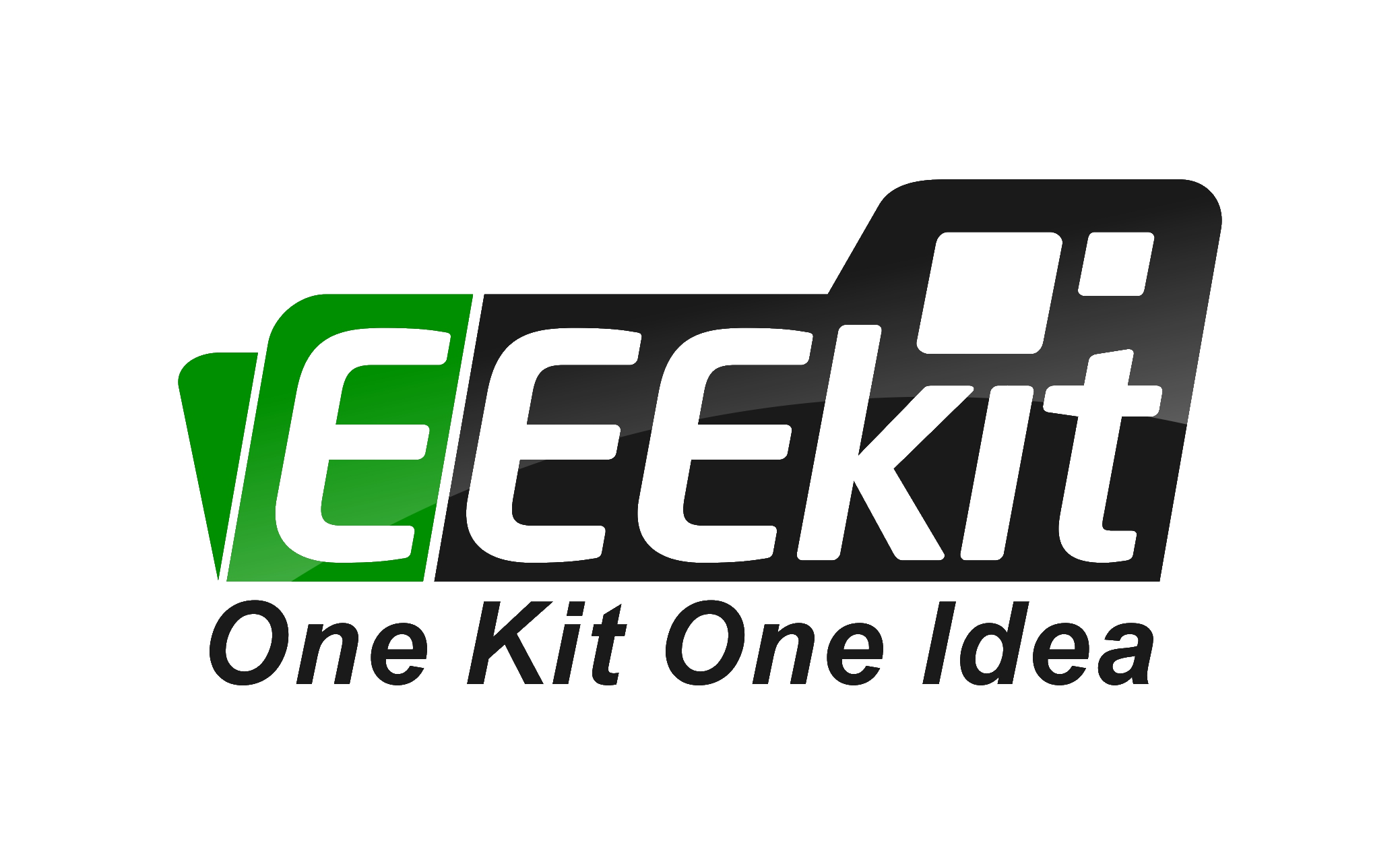Understanding Different Types of Microphones for Your Needs
Welcome to the EEEKIT blog! Today, we’re exploring the world of microphones, from condenser models ideal for desktop recording to wireless options that let you move freely. If you're a podcaster, streamer, or simply looking to elevate your sound quality, finding the right mic can make all the difference. Let's break down the basics, with a spotlight on EEEKIT's own condenser microphone.
Microphone Sizes and Form Factors

Microphones come in all shapes and sizes, tailored for specific uses. A popular choice for quality audio recording is the condenser microphone. Typically larger, condenser mics are favored in professional environments like studios. They often stand upright on a desk but can also be mounted on an arm stand for versatility. Many models, including the one featured here from EEEKIT, include pop filters to reduce distracting popping sounds caused by sudden bursts of air, enhancing audio clarity.
The EEEKIT condenser microphone connects via a 2-meter USB-A cable, though other options are available, such as 3.5mm AUX, USB-C, and older formats like Coaxial and 6.35mm AUX jacks. If a wired, bulkier microphone isn’t your style, don’t worry! Wireless microphones provide excellent sound quality without restricting movement, making them perfect for on-the-go vlogs, interviews, and even live performances.
Key Specs for Wireless Microphones

For those interested in wireless options, pay attention to a few key specs: battery life, reception range, and latency. Wireless mics are battery-powered, so it’s essential to ensure they’re ready for long sessions. Reception range affects your ability to move freely while maintaining a strong audio signal. Low latency is also crucial to prevent a lag between audio and video, ensuring that recorded content is seamless and professional.
Sound Direction and Polar Patterns

Microphones are designed to capture sound differently depending on their directionality or “polar pattern.” This EEEKIT condenser mic offers two popular polar patterns: cardioid and omnidirectional.
A cardioid pattern captures sound from the front and blocks out most of the noise from the sides and back, making it ideal for solo recordings like streaming, voiceovers, and instrumentals. Omnidirectional mics, however, capture sound from all directions, making them excellent for group settings or conference calls where you want clear audio from multiple sources.
Built-In Noise Suppression

Noise suppression can be essential in ensuring audio clarity, especially in environments with ambient noise. Many microphones feature built-in noise reduction to eliminate background sounds. This EEEKIT condenser microphone, for instance, includes a noise suppressor, while other wireless models come with smart noise cancellation to keep recordings crisp and clean.
Comparing EEEKIT to Other Popular Microphones

How does the EEEKIT condenser microphone compare to other popular options like the Blue Snowball? While both are high-quality, wired condenser mics, the EEEKIT model offers a higher sample rate (192kHz at 24-bit compared to the Snowball’s 44.1kHz at 16-bit), delivering more detailed sound. Additionally, the EEEKIT mic includes both cardioid and omnidirectional modes, whereas the Snowball only supports cardioid. Frequency response is another area where EEEKIT shines, covering 20Hz to 20kHz, a wider range than the Snowball’s 40Hz to 18kHz. Even in weight, EEEKIT’s microphone is slightly lighter, making it more portable for on-the-go setups.
Final Thoughts
From condenser microphones designed for desktops to wireless options with easy clip-on designs, there's a microphone out there to suit your specific needs. Whether you’re looking for professional audio quality or a portable solution for interviews and live performances, EEEKIT has options to match. Thanks for reading, and if this guide helped, don’t forget to follow us on Instagram for more tech insights and product updates!

